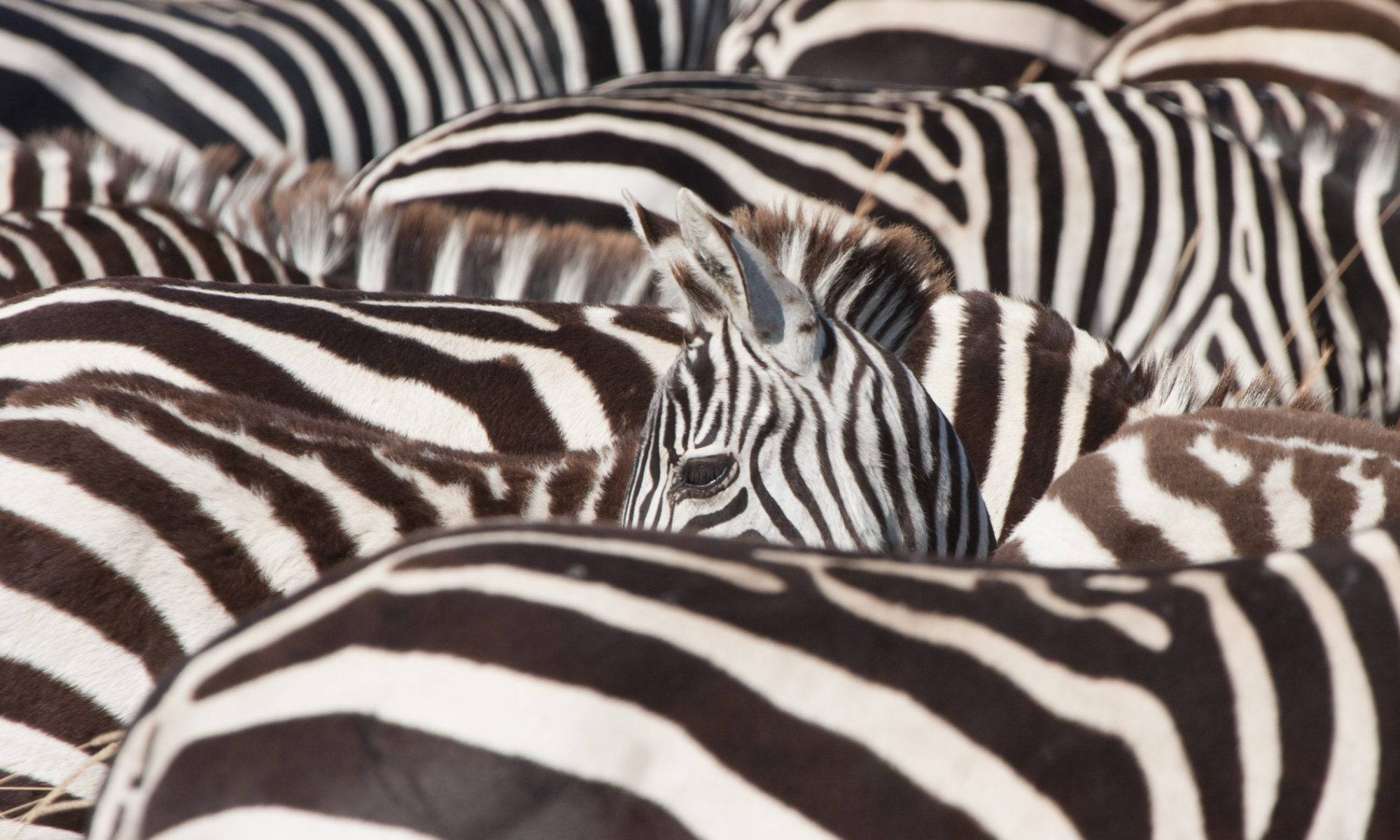The weather forecast for South Georgia was ominous, and our second day landing was impossible. The stunning sight of 150000 King Penguins in the St Andrew’s Bay colony made up for that, and on our third day we visited the colony at Fortuna Bay, a mere 20000 pairs, but it was amazing to be able to get close to the birds. Our final day was windy again, but a zodiac cruise around St Andrew’s Bay and some amazing seamanship from the Captain in outrageous winds at the south end of the island was very entertaining. Off we go to Antarctica…
